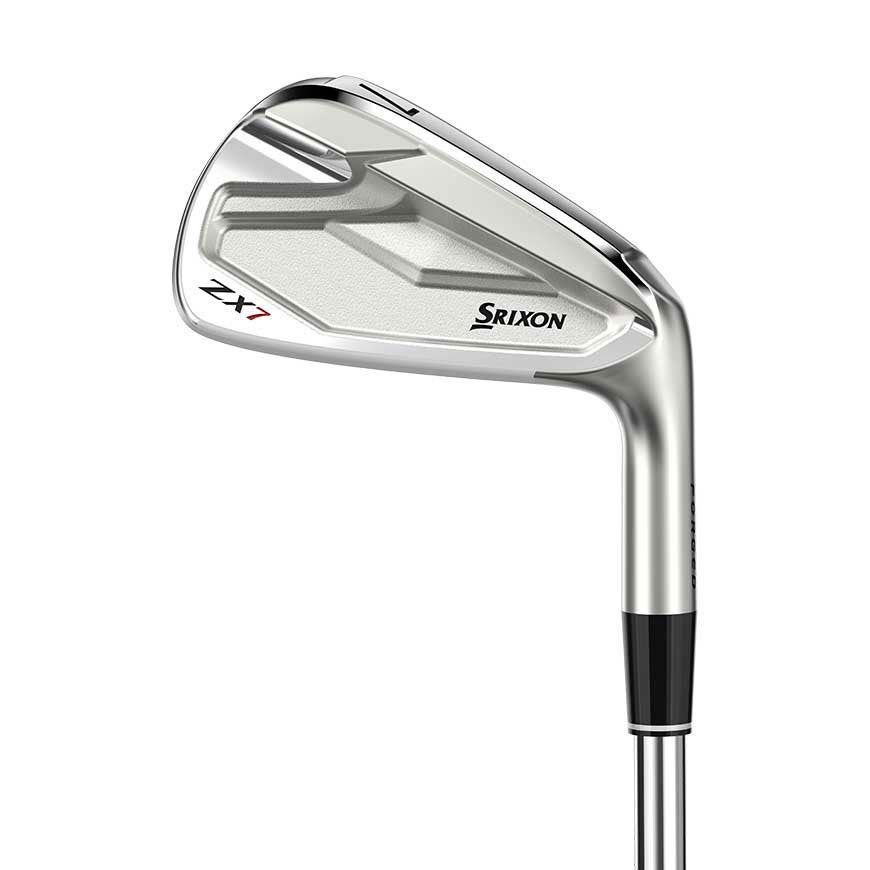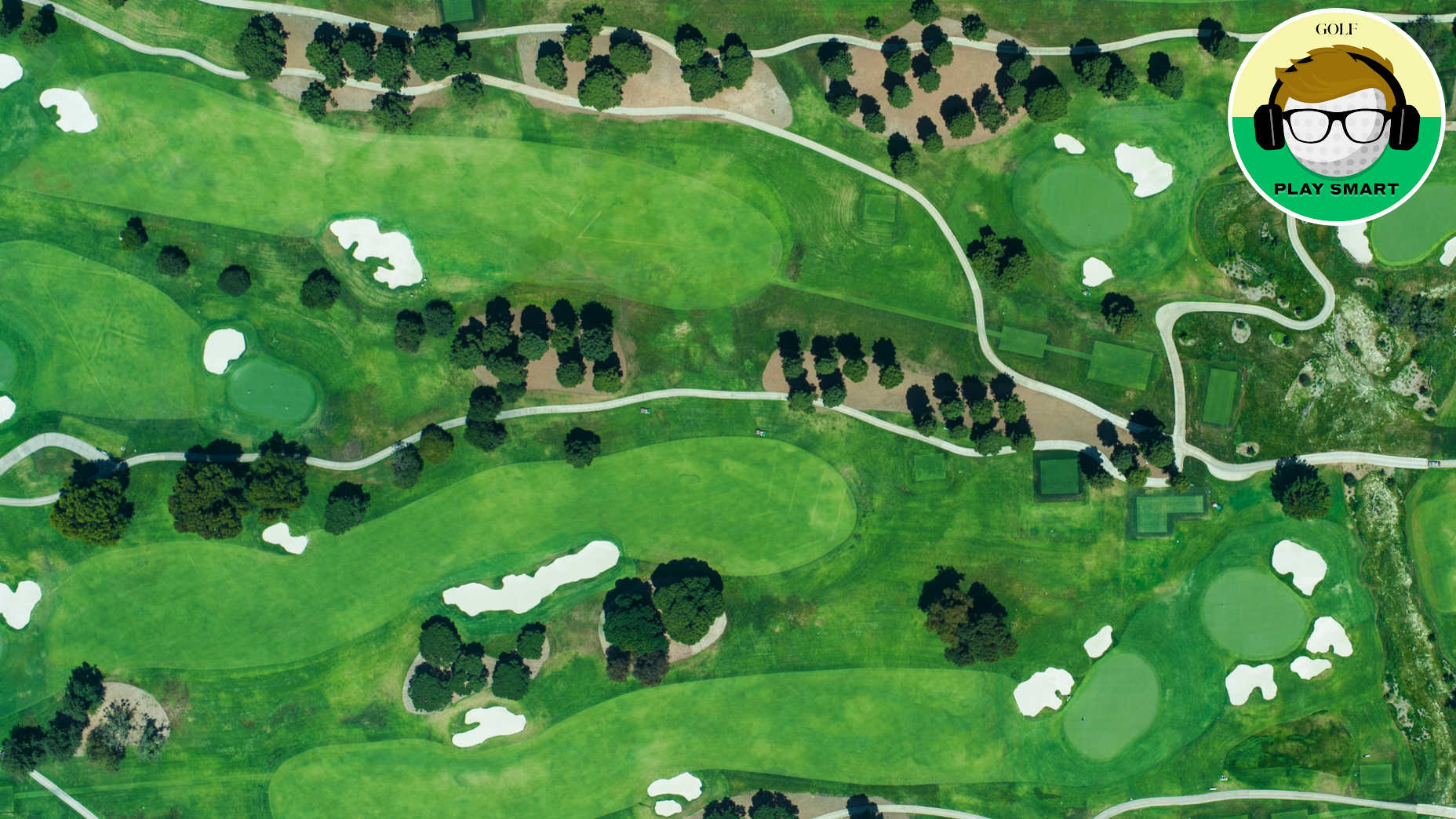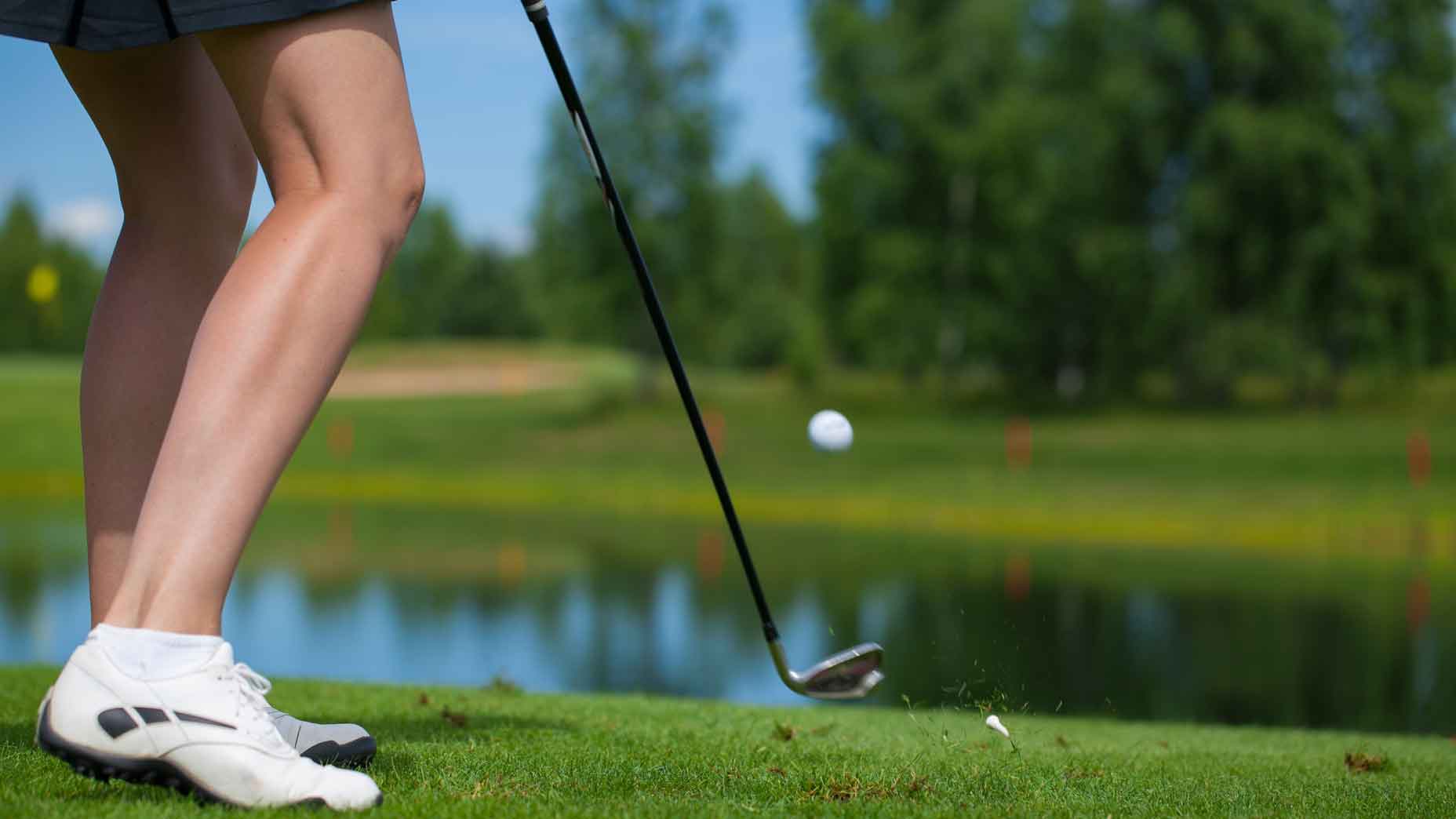
The lie angles on your clubs can and will influence your ability to hit good shots.
Getty Images
Welcome to another edition of the Fully Equipped mailbag, sponsored by Cleveland/Srixon Golf, an interactive GOLF.com series in which we field your hard-hitting gear questions.
I’m new to the game and still don’t get what lie angle is and why it matters. Care to explain? – Wayne N., Alabama
This isn’t the first time we’ve covered lie angle here in the mailbag. But since repetition leads to retention and knowledge is power, it never hurts to brush up on what lie angle is and how it relates to every club in the bag.
Lie angle, as it’s defined, is fairly simple to understand. It’s a measurement of the angle formed by the hosel/shaft and the ground when the head is at rest or when the grooves are parallel with the ground. The greater the lie angle, the more “upright” the club is. The less the lie angle, the more “flat” the club is.
If your clubs aren’t fit properly for your swing, the lie angle of your clubs will hinder your ability to hit solid shots. For instance, if your iron’s lie angles are too upright for your swing, you’ll likely make heel contact with the ball and leftward divots, which then lead to leftward pulls and hook shots.
If your irons are too flat for your swing, you’ll make contact and divots from the toe section, which will push shots out to the right. Sometimes golfers are able to work their swings to fit the lie angles of their clubs, manipulating the swing arc to match the lie angle to find solid contact in the intended direction. But, you and I both know that attempting to shoehorn your swing into your club’s lie angles is a recipe for inconsistency and frankly, makes the game harder than it needs to be.
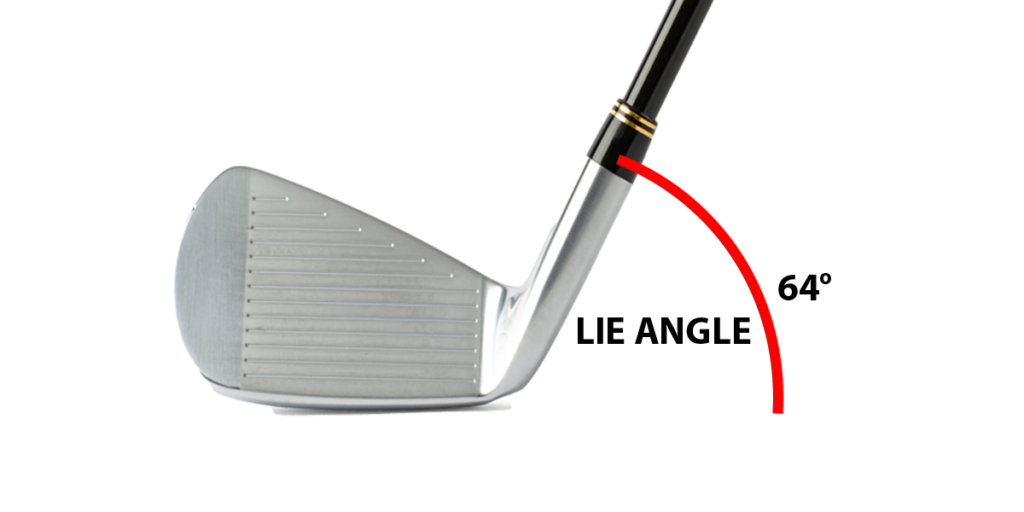
So what should you do and what do you need to know about lie angles? Let’s break it down into 5 key points:
Your clubs all have specific lie angles, and yes, the lie angle on your woods/drivers is important.
The goal is to set up over the golf ball with close to the same posture no matter what club is in hand, and many golfers fail realize that all their clubs have their own lie angles due to the varying lengths of each club. Longer clubs will require flatter angles, and shorter clubs will require more upright angles to keep your posture relatively the same. The only exception to this sort of rule is something like an iron set comprised of single-length shafts.
If all the irons in the set are the same length, then there’s no reason to have different lie angles for each one. Also, we’ve heard, seen and read about lie angle not mattering as much with woods and drivers as much as it does with iron and wedge fittings. We happen to agree with that for reasons we can talk about later — ever heard of shaft droop? — but strongly feel the lie angle on your woods/driver is still important.
If your driver or wood (or sometimes even a hybrid) has a hosel sleeve, you’ll likely see that not only will adjusting affect loft and face angle, but lie angle comes in to play as well. Typically, when you set the club in a draw setting, the club will rest more upright. When switching to a fade setup, the club will rest in a flatter setting.
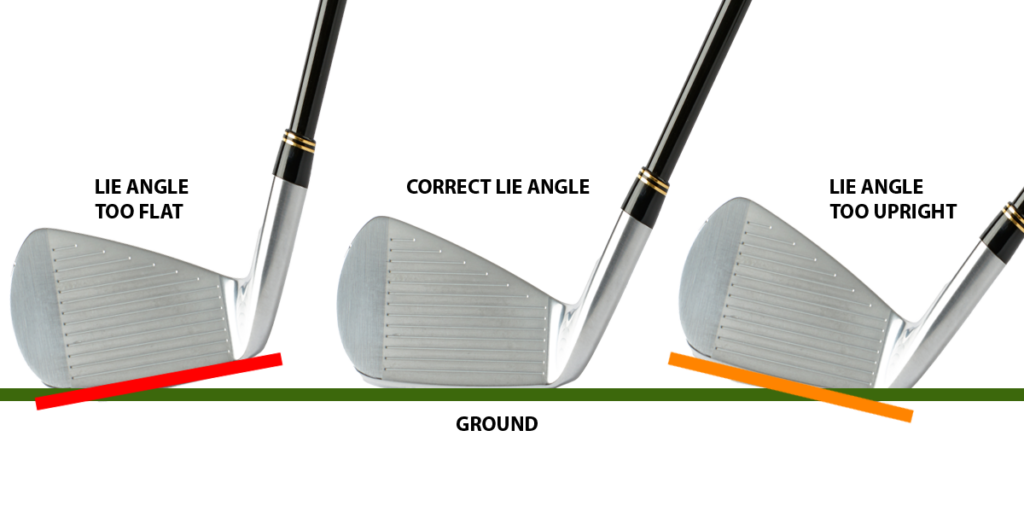
Better ball-striking depends on a perfect match
We know to stay in our lane, but sometimes swing theory and instruction play too big a role not to mention it. As discussed already, if you’re manipulating your swing to fit the lie angle of your clubs, you’re not taking full advantage of your natural swing tendencies. And furthermore, don’t settle for a lie angle fitting based on only one or two metrics. For years, equipment manufacturers — and even guilty golf writers — recommended golfers dial in their lie angles as either upright, standard or flat, based on height and arm length.
And while both are indeed factors for fitting the proper lie angle on your clubs, how you swing is just as, if not more, important. It’s possible to be a taller player well over 6 feet tall who has a flatter than average swing. For instance, Matt Kuchar is 6’4″ and has one of the flattest swings ever seen on the PGA Tour. Comparatively, Justin Thomas is 5 inches shorter than Kuchar and has one of the most upright swings in the game. Point is, fit your lie angles to your swing, not just your static measurements. An experienced fitter will use every tool possible at his disposal to get you dialed in, including impact tape/powder, a launch monitor, lie board and more.
It’s ok to mix things up
We covered this before too, but it’s worth repeating. Most equipment manufacturers have their own lie angle standards, but that doesn’t mean they’re all same from brand to brand. The standard driver lie angle is somewhere between 56° to 60°, and adjustable hosels allow for changes a few degrees upright or flat. Hybrids follow with lie angles around 57° to 60°; irons usually hover in the 61° to 63° range; and wedges are usually in the 63°-64° range.
All of our market picks are independently selected and curated by the editorial team. If you buy a linked product, GOLF.COM may earn a fee. Pricing may vary.
Srixon ZX7 irons
The ZX7 is an iron for the modern good to competitive player. It has the forged feel and sound better players want and can be used to hit a variety of shots into the green. But, it’s also an iron for players who want to hit it straight too, with added forgiveness in the longer irons.
It’s possible you get the maximum benefit from having your woods a degree or two (or sometimes three) flat or upright to help you hit either fades or draws. Other players sometimes prefer playing standard lie angles in all their clubs, but when it comes to wedges, sometimes favor a flatter angle to prevent pulled half shots and to make it easier to hit open-faced shots around the green. The point is, that an experienced fitter can help you determine if it’s a good idea to have some of your clubs bent in such a way to maximize your personal performance.
Adjusting your lie angles to match your swing might shock you
We know, because we’ve been there. Making the upgrade from clubs bought off the rack to clubs that are custom fit to specific lofts, lengths and lie angles can be a shock to the system. Not only will it feel different at first, but it’s also possible your whole swing will change for the better.
So, if you feel like something is off with your equipment and you sense that the only good shots you hit happen where you’re manipulating your swing to match your clubs, then it’s definitely time to get your clubs checked out. Remember, a good and experienced fitter will fit your clubs to your swing, not the other way around.
Putter lie angle is hugely important
Do you know what your putter’s lie angle is? Odds are most golfers don’t and it could be the reason why many of us miss more often than we should. When the lie angle on your flatstick doesn’t match your stroke, you’ll not only have trouble putting on your natural arc, you’ll probably struggle with solid contact as well. A good rule of thumb for determining your preferred putter lie angle is to look at your stroke type and how far or close you stand to the ball.
If you like to nestle close to the ball when you putt, and if you have a straighter putting arc, a more upright putter lie angle will be better for you. If you stand further away and/or you prefer a more curved putting arc, a flatter putter will likely help you make more putts.
Want to overhaul your bag for 2022? Find a fitting location near you at GOLF’s affiliate company True Spec Golf. For more on the latest gear news and information, check out our latest Fully Equipped podcast below.


